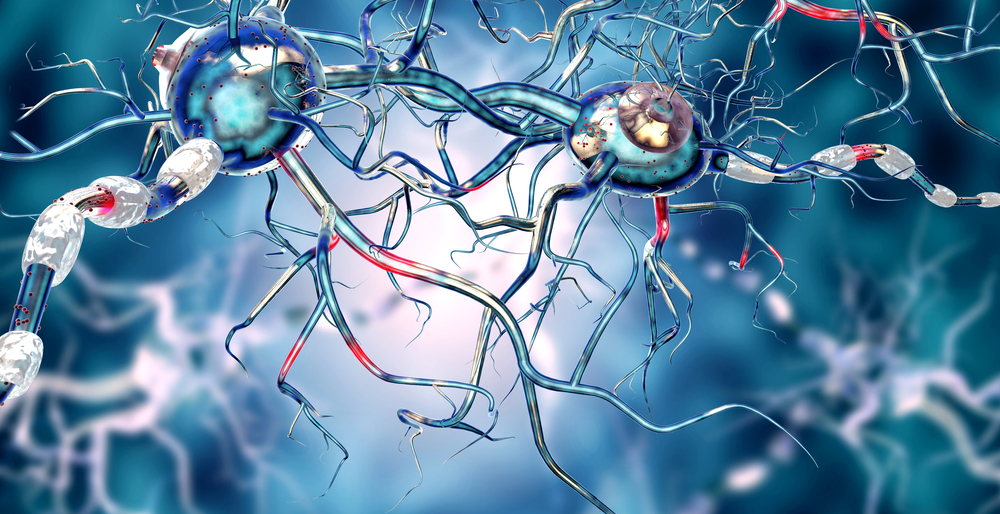Problems in Lipid Metabolism Linked to Motor Neuron Disease in Early Study

Changes in the metabolism of a class of fat molecules called sphingolipids may be a cause of motor neuron diseases like amyotrophic lateral sclerosis (ALS), a study reports.
Targeting these alterations may open new way of treating these conditions.
Sphingolipids are a class of lipids (fats) with a particular molecular structure. These lipids are important for many cellular processes: they are components of cell membranes, and they are used for cell-to-cell communication. As such, the production and distribution of sphingolipids within cells is carefully controlled by cellular mechanisms.
The new findings, which were published in the Proceedings of the National Academy of Sciences (PNAS), suggest that dysfunction in these processes may underlie motor neuron diseases.
“This work began in yeast, and serendipitously we discovered that mutations related to neurodegeneration in humans led to abnormalities in cell lipid metabolism. Most investigators don’t look at the lipids, and we were quite excited and surprised,” Tobias Walther, PhD, a professor at Harvard University and one of the researchers behind the new findings, said in a press release.
The researchers’ initial focus was on the Golgi-associated retrograde protein (GARP) complex, a group of proteins known to play important roles in vesicle trafficking, the process by which molecular cargo is moved about within the cell. Defects in vesicle trafficking have been implicated in neurological diseases, including ALS.
In their early investigations into GARP using yeast and fruit flies, the researchers demonstrated that, in addition to regulating vesicle trafficking, this complex is important for sphingolipid metabolism. Since mutations in genes related to lipid metabolism have been linked to ALS, the researchers decided to investigate this aspect of GARP’s function in greater detail.
They used model known as wobbler mice, which have a mutation in a protein called VSP54 that is an important part of the GARP complex. As a result, these mice develop motor neuron disease comparable to ALS.
The researchers demonstrated that toxic sphingolipids accumulated in the spinal cords of wobbler mice, and in cells cultured from them. Additionally, they showed that molecules related to sphingolipid metabolism were in the wrong locations within neurons in these animals.
Mice were then treated with myriocin, a compound that blocks the production of sphingolipids. Myriocin is currently used in anti-fungal and anti-inflammatory applications.
Myriocin prevented the buildup of toxic sphingolipids, lessening their harmful effects. Treated mice had better wellness scores, and lived longer than their untreated counterparts.
These results suggest that problems in sphingolipid metabolism contributes to the ALS-like motor neuron disease in wobbler mice, and may play a role in human ALS or related conditions. If further research supports this possibility, targeting sphingolipid metabolism could be a useful treatment approach.
“We are cautiously optimistic. Perhaps targeting lipid abnormalities provides a new therapeutic angle for some diseases of neurodegeneration,” said Robert Farese Jr., MD, a Harvard professor who contributed to the findings.






